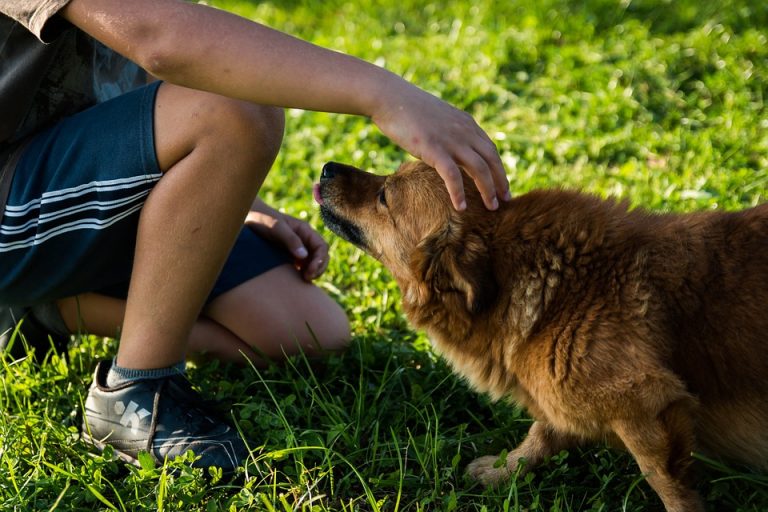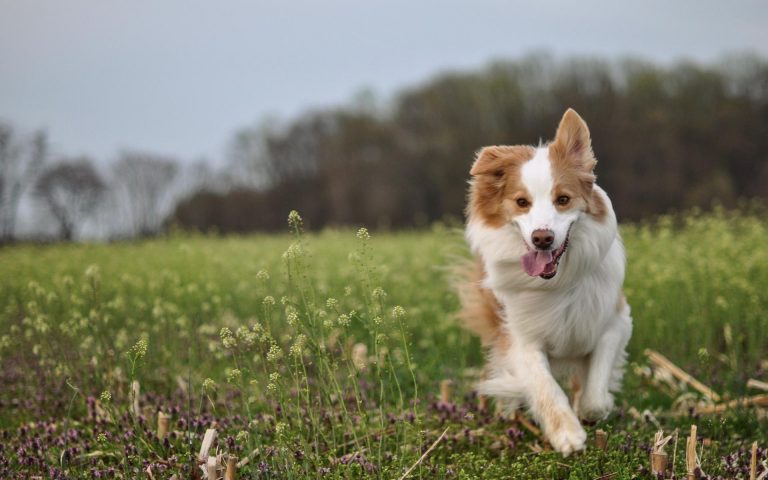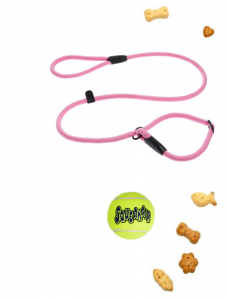Tools
Dog Training: Communication is Key
At Gray House, dog training is all about communication. You need the ability to communicate to your dog in a way your dog can understand and appreciate.
By opening up a clear line of communication, your dog will have a newfound trust and respect in you, strengthening the foundation of your relationship and making life easy for both of you.

What are Dog Training Tools?
There are three aspects to establishing clear communications with your dog- proper dog training methods, proper techniques, and proper tools.
Tools are the most self-explanatory aspect of communicating with your dog – consider them the mouth by which you speak to your dog. One thing to remember in this case is that not everyone can communicate by talking. Some people need to use their hands or a machine that can speak for them.
In the same way, each dog may find different tools easier to understand. So, we want to use each tool intentionally to find the most clear form of communication each dog can understand best.

Gray House Dog Training Tools and Their Humane Use
Because I do not limit the ways in which I communicate with dogs, I maintain an understanding and experience of a multitude of tools to help my clients and dogs understand each other.
The key to proper tool use is that the tool does not train the dog; the tool supports the training you are giving your dog, to make things as easy as possible for all involved. I instruct you on proper, humane use of each tool and how it helps your dog along the way to a clear and happy life.
The Tools of Gray House

Marking Tools
When it comes to marker training, most trainers go-to is the clicker for positive reinforcement. It is an efficient, easy to use tool that can make your response time to the behavior you want to reinforce nearly 10 times faster than giving a verbal marker like ‘Yes’. Although the actual delay is mere fractions of a second, the accuracy of your reinforcement marker is vital to creating a motivated, responsive dog over time.
Gray House provides every client with a clicker, and with that clicker also comes a second reliable marking tool – a whistle. Whistles are primarily used for obedience and recall over longer distances. Not every client will learn a long-distance recall with the whistle, but the knowledge gained during their training gives every client the foundation to teach that skill to their dogs at any time in the future.

Leashing Walking Tools
There are a plethora of tools available for walking your dog on leash without pulling. And many of them work to a degree, most disregard the key to proper tool use. These tools are designed to make pulling on the leash uncomfortable without the input of the person at the other end. This makes pulling unenjoyable and staying at a heel preferable to the dog, sure. But not every dog is going to find the forms of discomfort these tools cause to be intolerable enough to stop pulling toward something they are more interested in, making the tool completely ineffective.
The primary walking tools of Gray House Dog Training are the slip lead and the prong collar. Every client begins on a slip lead, teaching their dog a technique called pressure conditioning to stay at a heel position throughout the walk. For some dogs, the slip lead is not effective enough for this process, and so a prong collar is used instead. You can learn more about how Gray House distinguishes when to use the slip versus the prong in this article.
Other Tools
Muzzle
In the case of working with an aggressive dog, especially an aggressive dog with a bite history, I will always begin with muzzle conditioning. It is a required safety measure as your dog learns how to trust and respect your judgment and decisions instead of relying on its own power in situations where it feels threatened.
E-Collar
E-collars, or remote shock collars, carry with them quite a notorious reputation. Contrary to that, however, the e-collar is a very versatile and reliable tool in many ways and – as with all tools – when used properly and humanely, can open a world of opportunity for many dogs. In my experience, though, the e-collar is never a necessary tool. Other tools and proper techniques can replace the use of the e-collar in most instances, and so it is rare that I recommend the use of an e-collar with my dogs.
Enrichment Activities
At Gray House, I advocate for balance and exercise in all walks of my dogs’ lives. That includes proper mental stimulation depending on the dog’s personality. Some dogs need more mental exercise than physical, and enrichment activities can do the trick. There are dozens of ways to mentally enrich your dog, and I provide puzzles and games, both with and without the need for equipment, to help your dog burn that mental energy and stay more focused and happy.
If you are interested in adding some enrichment to your dog’s life, I highly encourage you to check out Canine Enrichment on Facebook.
